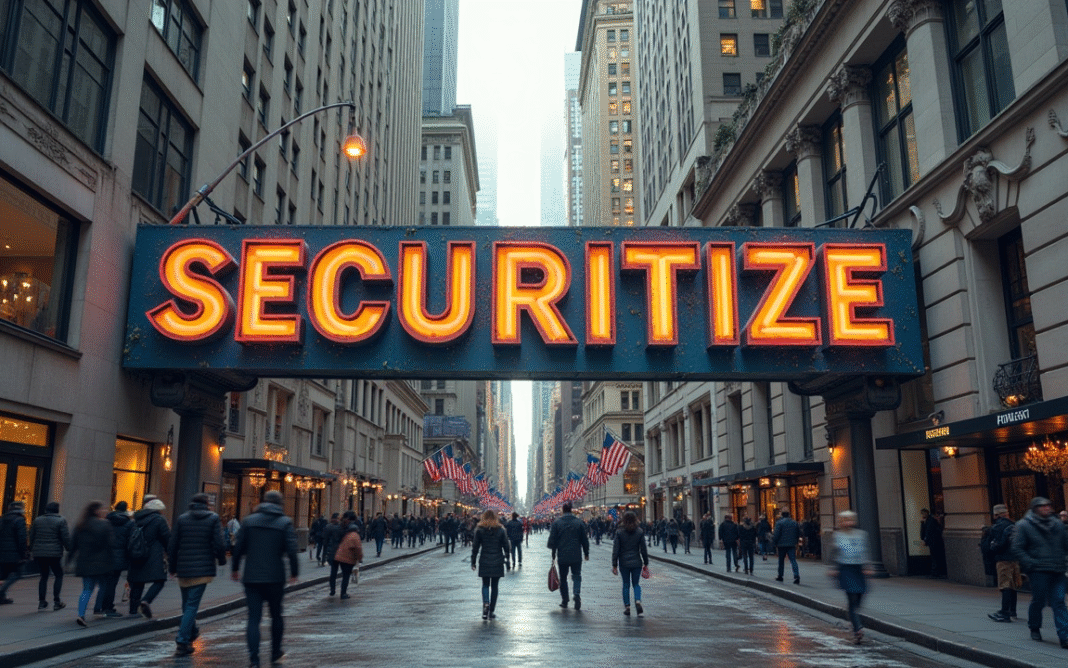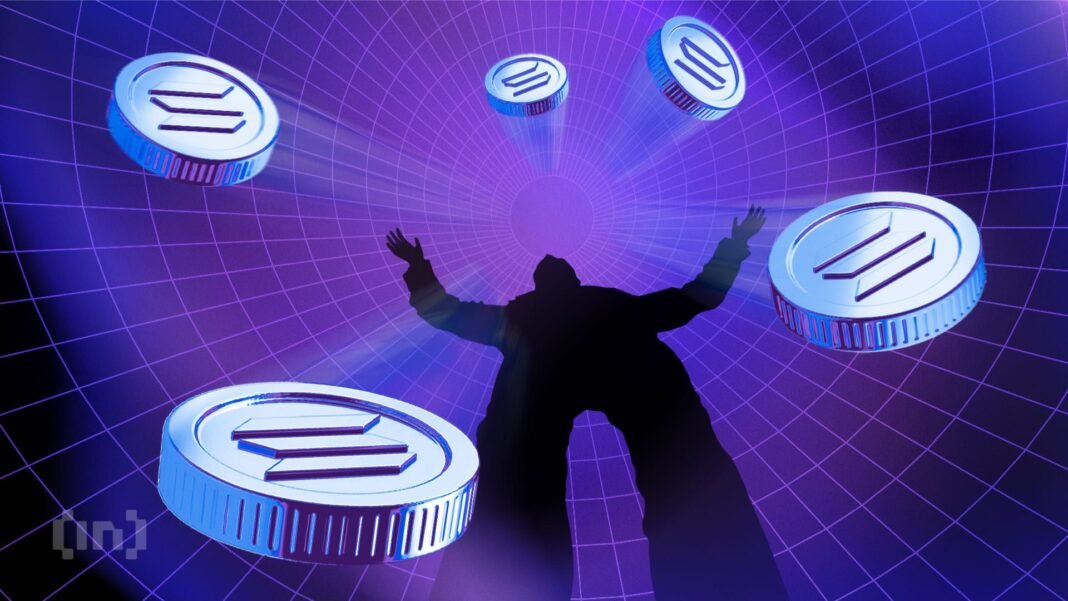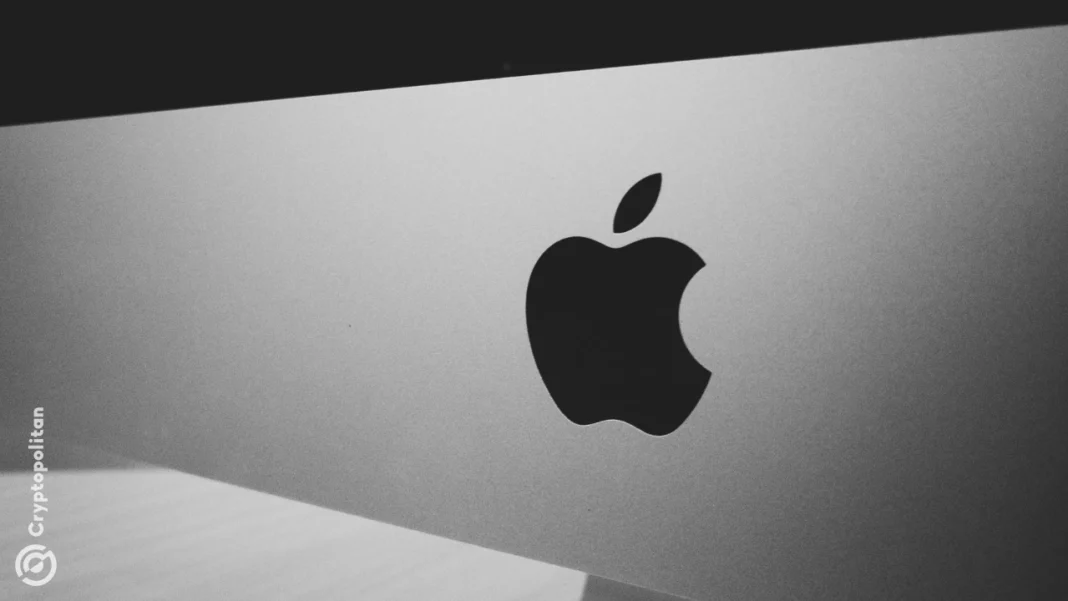Securitize’s Bold Public Foray
A $1.25 Billion Bet on Tokenisation
Securitize’s decision to go public underlines the growing confidence in the tokenisation of real-world assets. By merging with Cantor Equity Partners II, a special purpose acquisition company (SPAC) sponsored by Cantor Fitzgerald, Securitize aims to raise significant capital to fuel its expansion and cement its dominance in the market.
The deal is projected to generate gross proceeds of up to $469 million, including a $225 million private investment in public equity (PIPE) financing round. This financial injection will provide Securitize with the resources necessary to scale its operations, enhance its technology, and further its mission of democratising capital markets through tokenisation.
Nasdaq Listing and Industry Leadership
Upon completion of the merger, the newly formed entity, Securitize Corp., will trade on the Nasdaq under the ticker symbol “SECZ.” This public listing marks a significant milestone for Securitize, solidifying its position as a frontrunner in the tokenisation space.
Securitize boasts a track record of facilitating over $4 billion in tokenised assets, attracting high-profile clients such as BlackRock and Apollo. As a publicly traded company, Securitize is expected to garner even greater attention from institutional investors and further accelerate the adoption of tokenisation across traditional financial markets.
Securitize’s Value Proposition
What sets Securitize apart? It’s their comprehensive, vertically integrated ecosystem, fully registered with the SEC. This allows seamless integration with major blockchains and traditional financial institutions. This infrastructure has allowed traditional firms such as BlackRock and Apollo to explore tokenised funds and other innovative financial instruments.
The Tokenisation Revolution: A 2025 Perspective
The Rise of Real-World Asset Tokenisation
The tokenisation of real-world assets (RWAs) is rapidly gaining traction, transforming how we perceive and interact with financial markets. By representing tangible assets, such as real estate, commodities, and securities, as digital tokens on a blockchain, tokenisation unlocks numerous benefits, including increased liquidity, fractional ownership, and enhanced transparency.
The RWA tokenisation market has experienced exponential growth in recent years. Analysts at Citi project the tokenised RWA sector could reach nearly $4 trillion by 2030. This staggering growth underscores the transformative potential of tokenisation and its ability to reshape the future of finance.
Key Benefits of RWA Tokenisation:
- Increased Liquidity: Tokenisation enhances the liquidity of traditionally illiquid assets, making them more accessible to a wider range of investors.
- Fractional Ownership: Tokenisation allows for fractional ownership of high-value assets, enabling smaller investors to participate in markets that were previously out of reach.
- Enhanced Transparency: Blockchain technology provides a transparent and immutable record of asset ownership and transactions, reducing fraud and increasing trust.
- Streamlined Processes: Tokenisation automates many of the manual processes involved in traditional asset management, reducing costs and improving efficiency.
The Future of Tokenisation: 2025 and Beyond
As we move further into 2025, the tokenisation landscape is becoming increasingly sophisticated. Regulatory frameworks are evolving to accommodate the unique characteristics of tokenised assets, while technological advancements are improving the scalability and security of blockchain platforms.
Looking ahead, we can expect to see further integration of tokenisation with traditional financial systems, paving the way for a more inclusive and efficient global economy. The convergence of blockchain technology and traditional finance is poised to unlock trillions of dollars in value, creating new opportunities for investors and businesses alike.
Challenges and Opportunities
Despite the immense potential of RWA tokenisation, several challenges remain. Regulatory uncertainty, security concerns, and the need for greater interoperability between different blockchain platforms are key obstacles that must be addressed. However, these challenges also present opportunities for innovation and collaboration within the crypto space.
Projects focusing on regulatory compliance, enhanced security protocols, and cross-chain compatibility are likely to thrive in the evolving tokenisation landscape. As the industry matures, the focus will shift towards creating seamless user experiences and building robust ecosystems that support the widespread adoption of tokenised assets.
Securitize’s public listing underscores the growing maturity of the RWA tokenisation market. The company’s move to go public is a testament to the transformative potential of tokenisation and its ability to reshape the future of finance. As the industry continues to evolve, we can expect to see further innovation and collaboration between traditional financial institutions and crypto-native companies, driving the adoption of tokenised assets across a wide range of sectors.






